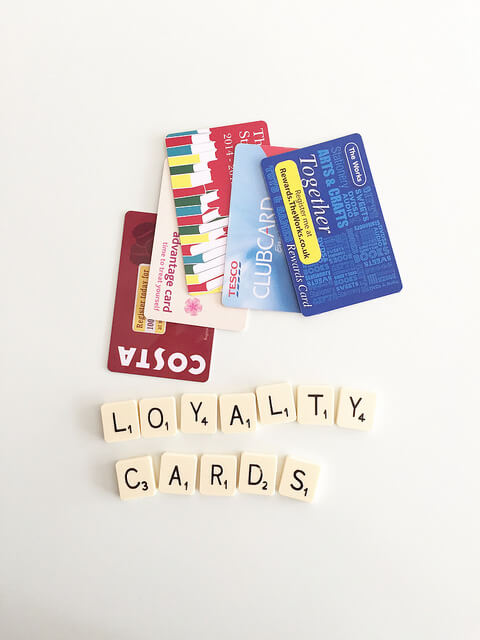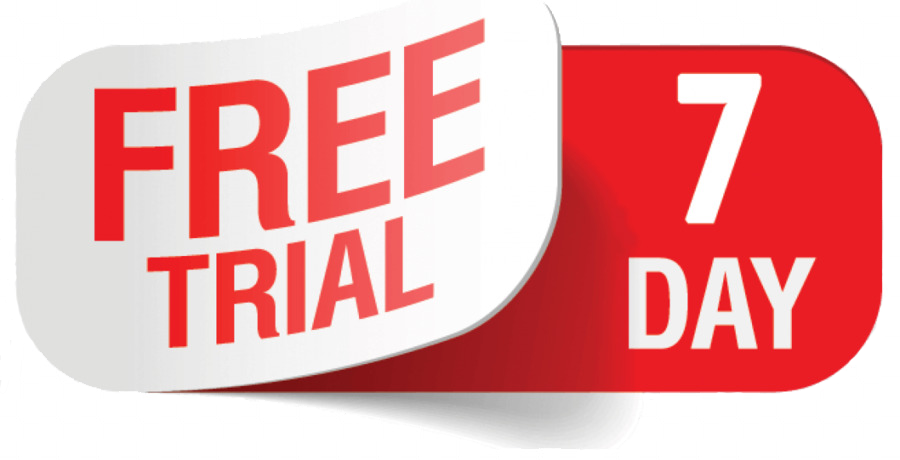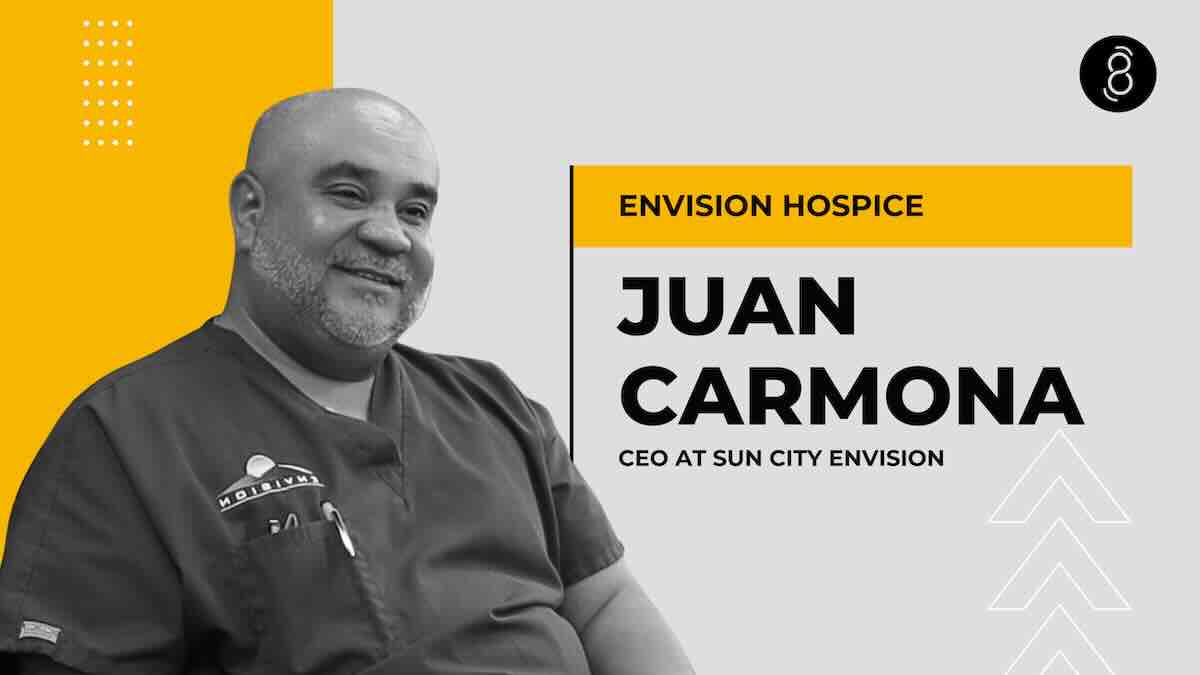 In olden times, potential customers called a vendor to arrange a meeting, a demo or trial would be scheduled with a sales rep, and, assuming he was the best in the business and convinced the client, negotiations about the price and quantity would get started.
In olden times, potential customers called a vendor to arrange a meeting, a demo or trial would be scheduled with a sales rep, and, assuming he was the best in the business and convinced the client, negotiations about the price and quantity would get started.
Well, no one’s missing those “good ol’ days” of door-to-door encyclopedia salespeople or the intrusive peddling of vacuum cleaners that made you feel like your house was never clean enough.
There’s a new way to do trials and demos today and it has turned those old ways upside down.
I got an email this morning that I just couldn’t resist opening. The subject line read:
“Win a $10k Home Office Makeover.”
Um—Yes, please!
It’s an offer for those who work from home to help us “get more done (and do it in style!).” You might be wondering, “$10k? Sounds too good to be true, so what’s the catch?” Trust me, I studied and reviewed everything about that email. It’s no spam and there’s no catch!
I just have to sign up for a free trial of an online service I was already looking into, and I am in the sweepstakes. The trial period ends after 30 days with no obligation, but if I wanted to keep using this service after the free trial, I get a special discount of 50% off for the next 6 months. Score!
Free trials are a great marketing tool for businesses to attract new customers.
A free trial is, in essence, an offer to your potential customers to see for themselves if your product or service is a good fit for them. Chances are that your potential customer won’t call you asking for a free demo; they want to sign up for a free trial if the offer is there, explore products and services, talk to existing customers, and hear first-hand reviews, all of this preferably without having even heard a sales pitch.
Your potential clients want to try the pure, unadulterated customer experience to decide if they want it for the long run.
There was only one issue with my free trial: as soon as I clicked the “Sign Me Up” button, I ceased to exist to this business. I became just another customer.
It’s important to show your customers how much you value them, and the value of doing business with you. Show them your features and benefits, include tutorials, how-tos—basically anything that proves how much you appreciate your customers (even if they are free trial clients), and shows them how valuable your product or service is.
What happens during a trial
Most businesses focus only on what happens once the trial ends: Will the potential customers become paying customers? Was the trial a failure? Of course, it’s important to understand what happens in the end, but it’s way more important to ask yourself:
What can be done during the trial to try to positively affect the outcome?
The reason free trials exist is to allow potential customers to realize the value of your product or service. Still, after a trial ends, you might hear phrases such as:
“It’s way too expensive.”
“I haven’t gotten around to trying it yet.”
“I didn’t get the time to try it properly.”
Those phrases simply translate to your potential customers not having seen the true value of your offer during the trial period. The customers knew the price before signing up for a free trial, so the price is no longer an excuse. You may think you’re only charging money to your clients, but from their perspective, it takes effort, time, and money to use your product or service. We all want to get our money’s worth. We want the opportunity cost to be worth it and we want to have our expectations met.
Show the value of your business
 Value is what you get, price is what you pay for it. If a BMW or Mercedes provided the same value as a Nissan, nobody would be driving around in a Mercedes or BMW.
Value is what you get, price is what you pay for it. If a BMW or Mercedes provided the same value as a Nissan, nobody would be driving around in a Mercedes or BMW.
It’s essential that you show the value of your offer to your customers. Make sure they know and experience what they will get if they sign up for a free trial and continue using your product or service after the trial. There’s no other way of doing this than by proving your customers with the value they get by letting them enjoy your product or service.
I’ve been talking in this post about “free trials. This doesnt mean you devalue your product or service. Prevent yourself from the perception of giving away your products or expertise Instead of offering a “Free week of training” in your gym, offer a gift certificate of “$350 worth of personal training.” Besides proving the implied value of your service, make sure to mention the monetary value your customers are getting.
What are your customers’ expectations?
If you don’t know what success looks like for your customers, ask them. Sending a series of engaging and well-timed welcome emails or messages right after a new user signs up is one of the best ways to do this. One, people expect to get something in return as soon as they sign up, and two, welcome emails are one of the most effective touchpoints to engage your potential customers.
Welcome emails have an impressively high open rate. Experian tells us how welcome emails generate four times the total open rates and five times the click rates compared to other promotional mailings. In other words, they are incredibly efficient to get someone from “signing up” to actually doing something.

The welcome email helps you in at least two ways:
- A human connection is made between the business and the customer. Your customer will be less likely to quit after the first snag because of the connection they feel to your business.
- The welcome email allows you to tailor future content to each customer based on their response. Ask your clients in that first email: “Why did you sign up for…?” Ask directly for your customers’ expectations, something like: “What benefits do you expect to get from joining a gym?” Depending on your customer, the answer could vary from weight loss and muscle-building to simply staying active.
Once you understand why the person signed up and their expectations, you can use this information to your advantage and provide a better experience for them that will benefit everyone in the long run. Make sure your free trial lives up to your customers’ expectations, and do everything in your power to help them succeed.
Foot-in-the-Door Technique
This technique gets its name from those encyclopedia, vacuum cleaner, and magazine subscription salespeople from the old days. If they had their foot inside your door, too bad, you couldn’t slam it shut.
This sounds rude and intrusive, and personally I wouldn’t be pleased if someone physically put their foot inside my door to prevent me from closing it. But the Foot-in-the-Door method in our days is that of gentle persuasion, non-intrusive and definitely not rude. It has a more subtle approach. FITD works by getting a small “yes” from your potential customers, and then getting a bigger and better “yes,” both without any type of pressure or obligation.
Ask for something small, such as signing up for your free trial, then ask for something bigger, such as signing up for a one-on-one training session. Remember: start small, then go big.
FITD techniques work due to our tendency to feel involved with or in debt to someone after we’ve reached a certain level of interaction with this other person or business. Here’s how you can use a FITD approach to sell:
- Determine an appropriate small request, something that a large percentage of your customers are already doing or would be willing to do, such as signing up for an email newsletter, clicking a link, completing a survey, sharing something on social media, starting a trial membership, etc.
- Find a way to pitch the second, bigger request. If you’ve successfully completed the first step, your foot is already in the door (in the good sense). Most of the time, the first step is landing a lead so you have a way to contact your potential clients. You could ask your free trial customers to refer their friends and family—it’s an in-between step that will cleverly engage your customers while spreading the word about your business.
- Make that big request. This one is usually focused on conversion and closing. Ask for the sale, the membership, the signature, or some other major move from your customers.
The Foot-in-the-Door technique works by building a relationship and establishing a genuine connection with your customers, so that when the time comes to commit, they’re already hooked.
Promote your business with incentives
 Offer incentives to get people to come into your business, and give your customers a reason to get up and visit you.
Offer incentives to get people to come into your business, and give your customers a reason to get up and visit you.
It’s pretty obvious that we like to reach goals and get rewarded for it, so set some goals that will spark that natural competitiveness in your customers and encourage them to come in and keep coming back.
Continuing with my gym example, offer a complimentary bottle of water every day of a free trial that a member checks into your gym. Give them a loyalty punch card that you stamp every time they visit you, and if they reach a certain goal, give them a shirt. Even better yet, surprise them with a 7 day meal plan that’ll help them stick to their fitness plan and to the free trial. As you can see, it’s the little things that make your customers feel appreciated.
Offer special deals for upgrading to a paying customer before the trial ends. Sometimes the only thing a free trial customer needs is a little push. This creates a sense of urgency that gets people to act, and, at the same time, you’re motivating them to become paying customers by being flexible and compromising at a discount price, even if it is temporary.
Increase Awareness
Who doesn’t love free stuff? We all do, but nobody will sign up if they don’t know you’re offering it. Incorporate these tips into your marketing plan, talk about it on your social networks, enhance the content of your website by promoting your offer, leverage online advertising, and create events. In other words, spread the word.
Remember the importance of showing your value during a free trial and knowing and meeting your customers’ expectations. Success is in the eye of the beholder; make sure you help your clients reach it. If people feel intimidated about trying something, give them a guarantee not to. In the end, it all comes down to tearing down psychological barriers and offering reasons for your clients to sign up and show up.
Are you ready to implement free trials into your marketing strategy? Let us know in the comments section if you have any questions or suggestions. You can also give us a call at (915) 585-1919 or fill out our online form to schedule a consultation with one of our experts at 8 Signal—We believe in helping businesses outsmart, rather than outspend, their competition.
Photos courtesy of: cogdogblog, Falcon_33, Jimmy_Joe and Jonathan Rolande.






